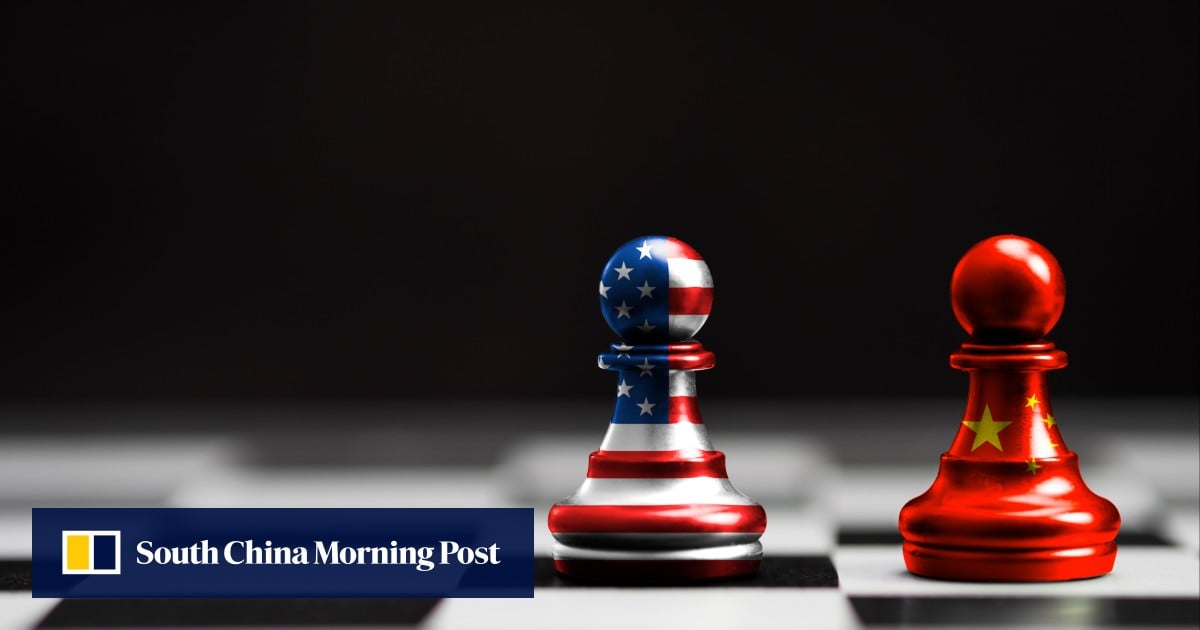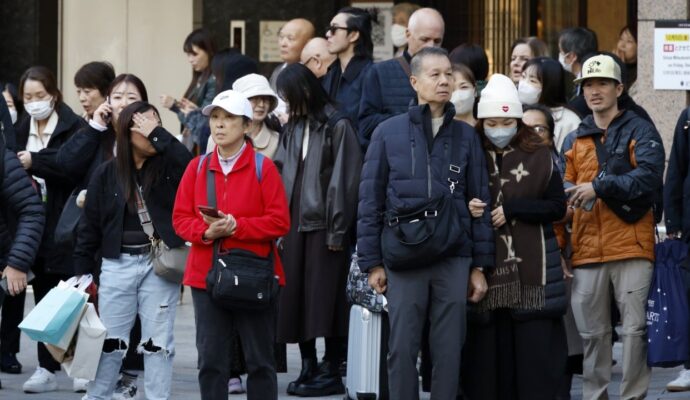
As the dust settles on the latest round of US-China trade talks in Stockholm this week, the world’s two biggest economies may be shifting towards “indirect forms of negotiation” by strengthening partnerships with third countries that could reshape the global economic order, analysts said.
Advertisement
The talks concluded on Tuesday with Beijing announcing that both sides had agreed to extend their “tariff truce” by another 90 days. On Wednesday, US President Donald Trump said the two countries had reached a “fair” deal on trade, without providing further details. No breakthroughs were announced on specific issues.
“I think confirmation of another 90-day extension is probably the best we can hope for at this point,” said Nick Marro, principal economist for Asia and lead for global trade at the Economist Intelligence Unit.
“The fact that we haven’t seen any more substantive announcements after two days of negotiations suggests that the talks may have been a little bit difficult.”
Analysts agreed that future US–China negotiations would likely go beyond bilateral tariff levels, as both sides seek to win over other trading partners to align with their interests.
Advertisement
Matteo Giovannini, a senior finance manager at the Industrial and Commercial Bank of China, said the outcome of the latest talks “underscores” how Beijing and Washington were “recalibrating” their strategies.

